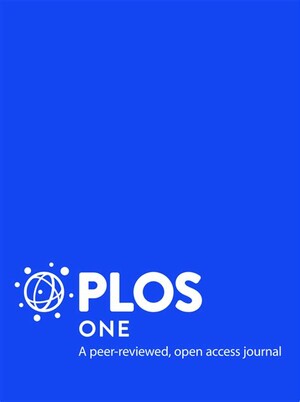
Improving gonorrhoea molecular diagnostics: Genome mining-based identification of identical multi-repeat sequences (IMRS) in Neisseria gonorrhoeae
Abstract
Background Curable sexually transmitted infections (STIs), such as Neisseria gonorrhoeae (N. gonorrhoeae), are a major cause of poor pregnancy outcomes. The infection is often asymptomatic in pregnant women, and a syndrome-based approach of testing leads to a missed diagnosis. Culture followed by microscopy is inadequate and time-consuming. The gold standard nucleic acid amplification tests require advanced infrastructure settings, whereas point-of-care tests are limited to immunoassays with sensitivities and specificities insufficient to accurately diagnose asymptomatic cases. This necessitates the development and validation of assays that are fit for purpose.
Methods We identified new diagnostic target biomarker regions for N. gonorrhoeae using an algorithm for genome mining of identical multi-repeat sequences (IMRS). These were then developed as DNA amplification primers to design better diagnostic assays. To test the primer pair, genomic DNA was 10-fold serially diluted (100 pg/μL to 1×10−3 pg/μL) and used as DNA template for PCR reactions. The gold standard PCR using 16S rRNA primers was also run as a comparative test, and both assay products were resolved on 1% agarose gel.
Results Our newly developed N. gonorrhoeae IMRS-PCR assay had an analytical sensitivity of 6 fg/μL representing better sensitivity than the 16S rRNA PCR assay with an analytical sensitivity of 4.3096 pg/μL. The assay was also successfully validated using clinical urethral swab samples. We further advanced this technique by developing an isothermal IMRS, which was both reliable and sensitive for detecting cultured N. gonorrhoeae isolates at a concentration of 38 ng/μL. Combining isothermal IMRS with a low-cost lateral flow assay, we were able to detect N. gonorrhoeae amplicons at a starting concentration of 100 pg/μL.
Conclusion Therefore, there is a potential to implement this concept within miniaturized, isothermal, microfluidic platforms, and laboratory-on-a-chip diagnostic devices for highly reliable point-of-care testing.
Citation
Shiluli, C., Kamath, S., Kanoi, B.N., Kimani, R., Maina, M., Waweru, H., Kamita, M., Ndirangu, I., Abkallo, H.M., Oduor, B., Pamme, N., Dupaty, J., Klapperich, C.M., Lolabattu, S.R. and Gitaka, J. 2024. Improving gonorrhoea molecular diagnostics: Genome mining-based identification of identical multi-repeat sequences (IMRS) in <i>Neisseria gonorrhoeae</i>. <i>Heliyon</i> 10(6): e27344.










